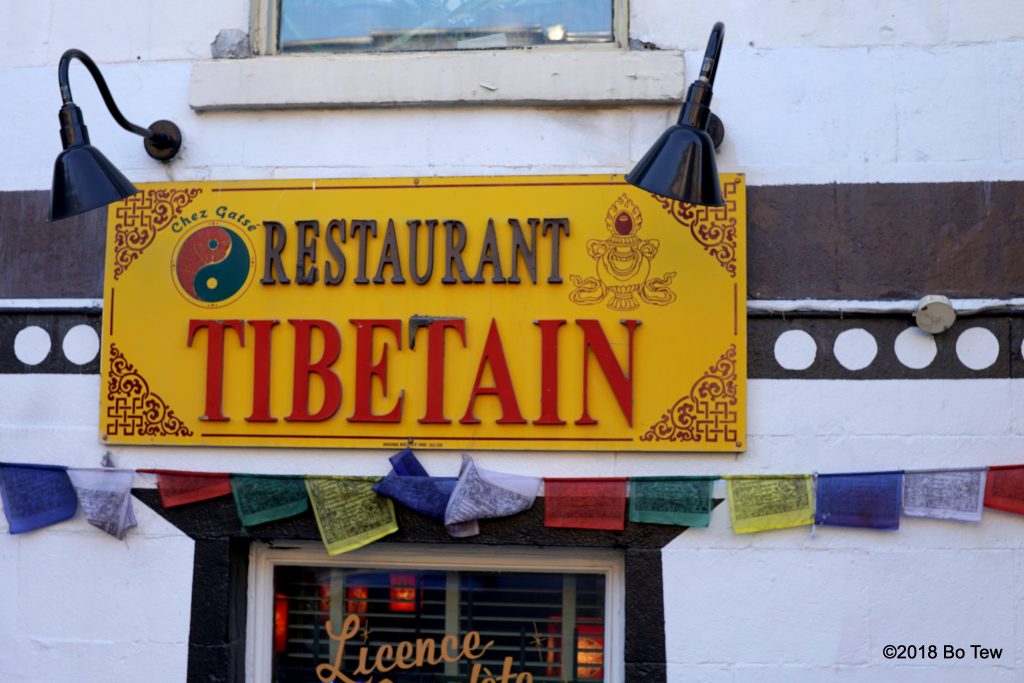
Montreal is famous for too much food. Poutine, bagels, hot dogs, smoked meat sandwich… I can’t wait to try them all. But after hours of driving here, more time wasted figuring out the public transport, being very confused with every French word uttered, the lack of mobile data and the extreme heat of peak summer, we decided to find anything to eat for dinner. I have written down Chez Gatse only because it is Tibetan, and found out it isn’t hard to get to. We take the subway for one stop, and walk towards the rainbow prayer flags. This restaurant located in the basement of a three story town shop, which we have hoped is cooler being at the bottom, and it looks rather dingy.
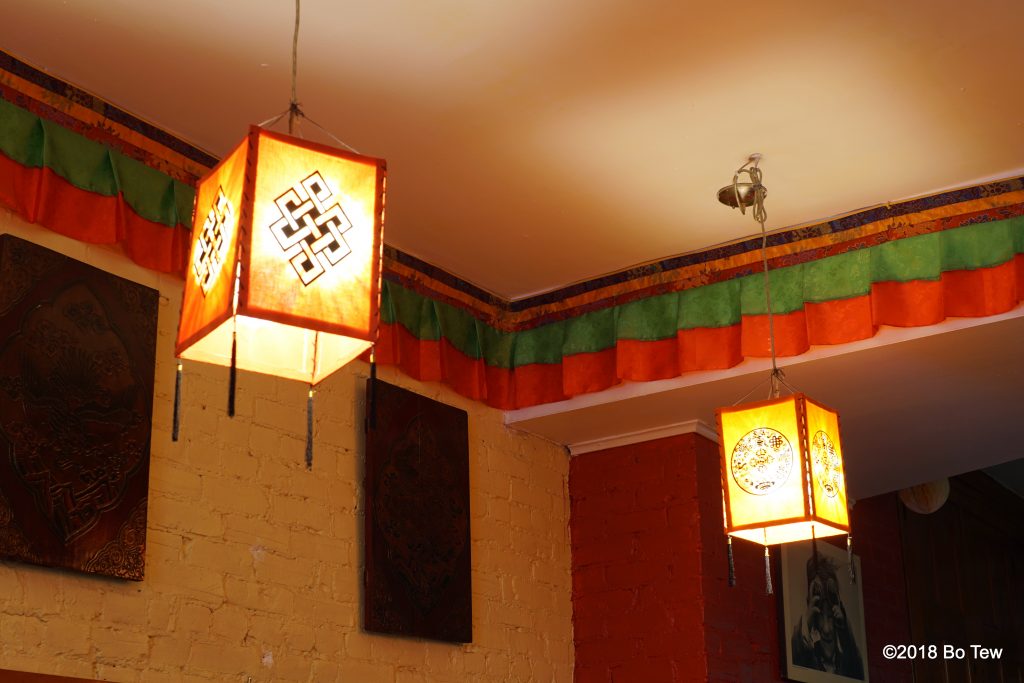
That did not work out. Being in Montreal, heat is never the problem, so there is a lack of air conditioning in the entire city. The options are either to sit outside while the sun is still up, or inside where the lazy fan stir the air just a little bit – we choose to sit inside. Our server, also the owner and probably the chef, provide us with cold water and menu. Having never eaten at a Tibetan establishment, we have no idea what to order. Momos are obvious, but everything else written in part French part Tibetan aren’t very helpful. We stuck with things that have the Tibetan theme like Lhasa Chicken and Shapta. Rookie mistakes, always get momos steamed (I overheard the owner telling the next table), and I have not seen any mention of Lhasa Chicken on the internet. The owner disappear into the kitchen, and after some long time, come back with our food.
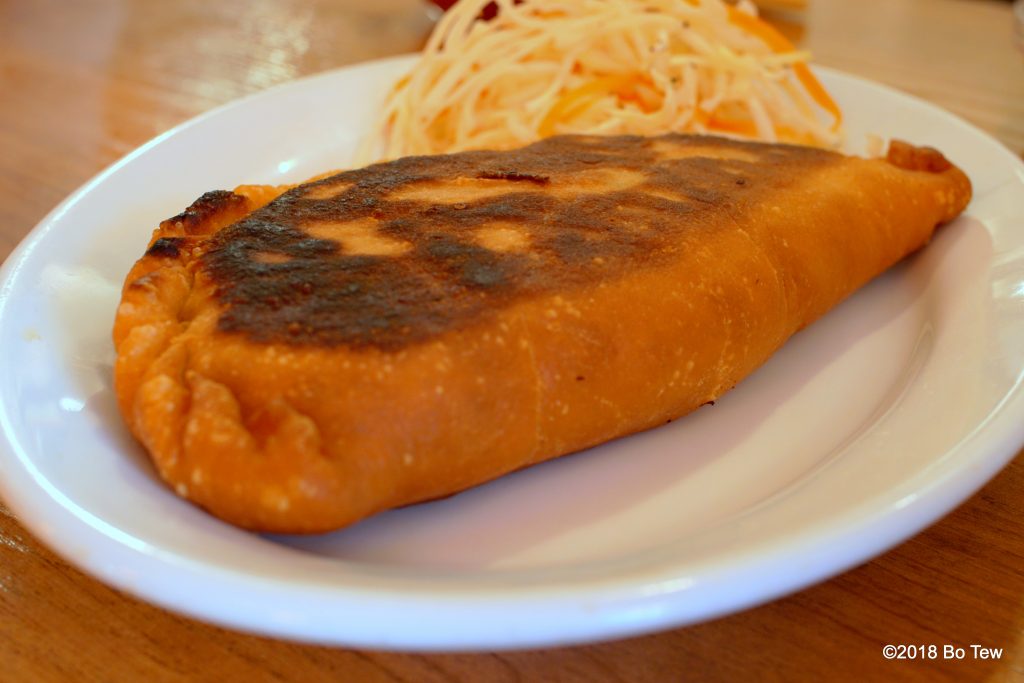
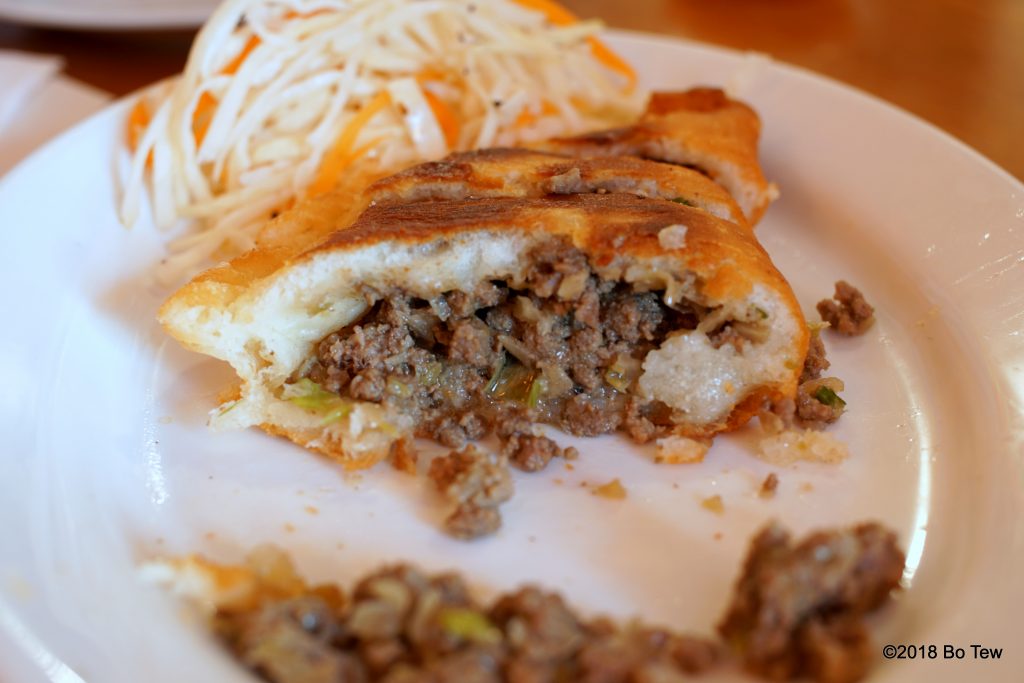
Chebureki is served first, being an “appetizer”. This looks like an oversized empanada or curry puff, but with ground beef pieces in it, a Tibetan version of a fold over greasy hamburger. Very delicious, and I could eat more of this. Then, all the others dishes are served – there is the fried momos, Lhasa chicken and beef shapta. Two different carbs options were offered, so we ordered both the tingmo and the shogo khatsa. This is starting to look like a feast, and a very interesting one at that. I guessed wrong, but the owner explained that Tibetan, Nepalese, Indian and Bhutanese cuisine are closely related, which explains the similarity to some Indian dishes.
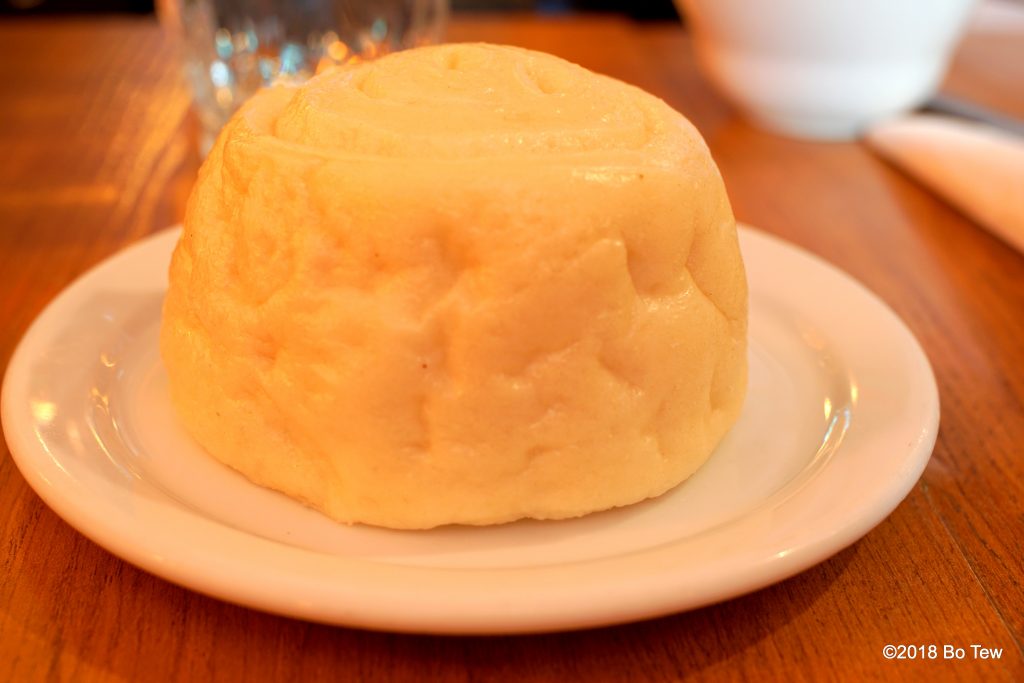
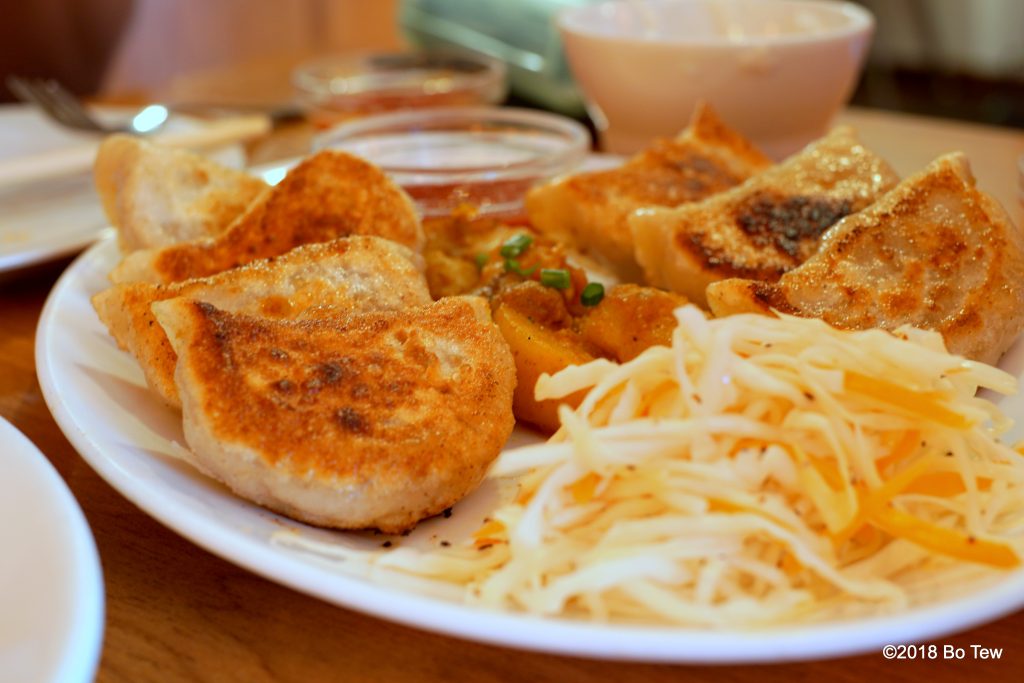
Shogo khatsa is spicy potatoes, reminded me of the ones in a curry puff, which is an awesome side dish that should be incorporated in any meal. Tingmo, or steamed bread, is probably the same as Chinese bun. For some reason, they roll it into a spiral shape. I don’t know how people eat them, and am curious to find that out. Alright, time to bust out the main events. The pan fried momos are served fresh so they are steaming hot, which is paradoxical with the lack of soup in them unlike a xiao lang bao. These are very tasty but the skins are very thick. The Lhasa Chicken is my least favorite dish, with weird and even a bit metallic sauce going on. The chicken itself is decent. I’m not sure which spices they used, but I would argue against ordering it. The beef shapta is similar to most stir fry dish, and in fact, I couldn’t tell what makes it different from a dish like beef with broccoli.
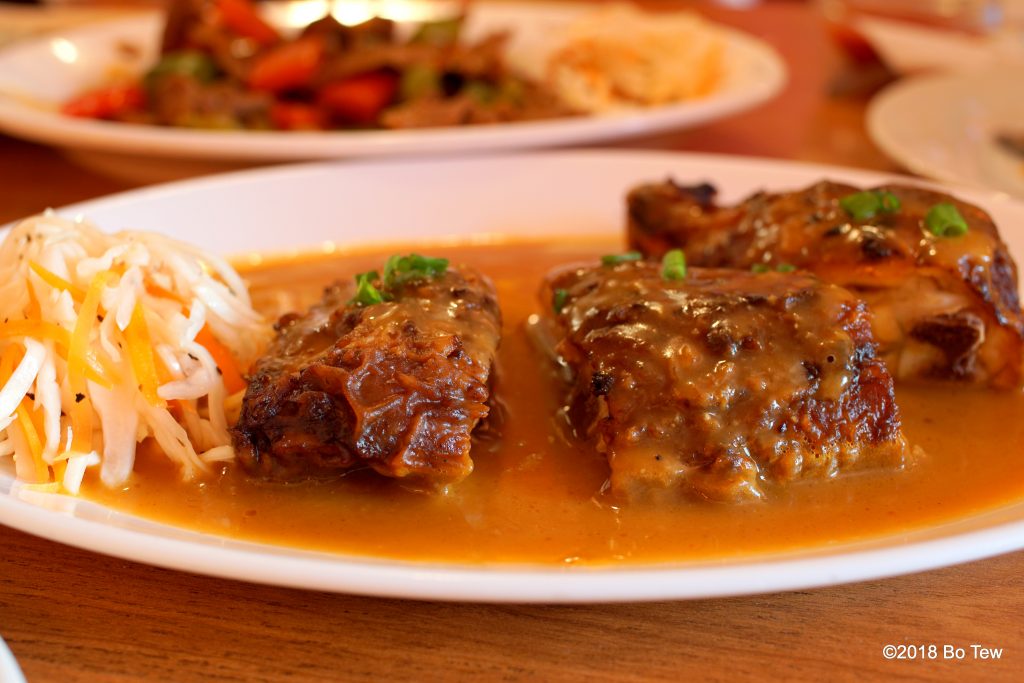
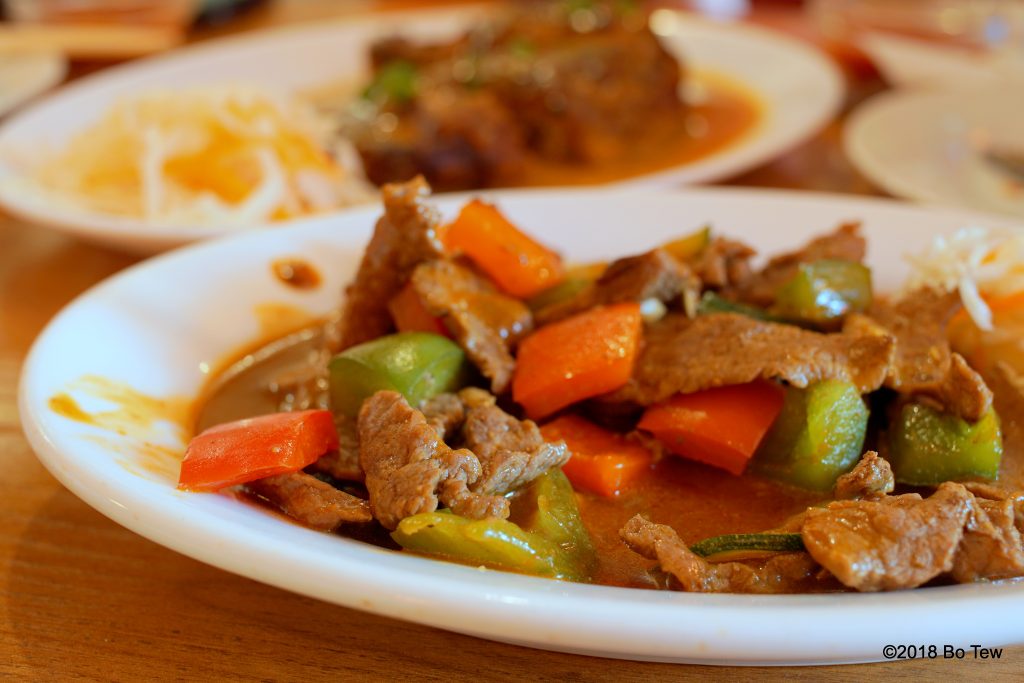
We eat to not die of hunger. But why do we seek new cuisine? Scientifically and millennials ago, we did it to find food with more energy or nutrients. That no longer matter these days; instead, food also speaks to us in a deeper level. Cuisines were developed by groups of people through various reasons. History and traditions are written in food, so if the Orwellian government wants to erase written versions of it, other parts might survive that purge. Oppression in Tibet is well known and documented, thanks to the mass media who reminded us the atrocities governments, especially autocratic ones, could unleashed on its people. Most of us will never be able to go there, after the harsh crackdown and outright ban to outsiders, but we can learn something visiting these establishments. The owner is a first generation Canadian and a second generation Nepalese. His parents ran away from Tibet, and he will never get to visit his ancestral home. I don’t know if he wants to go back, but it would be nice if it were a choice. Some of my grandparents weren’t allowed back to their birthplace, so I understand the sadness being a diaspora. This is a weird intersection and deserve a longer discussion. A blessing in disguise, diaspora could be the only way traditions are kept. For example, Cuban food in Florida and Chinese folk culture in South East Asia. The first thing you see walking in here is a large portrait of the Dalai Lama, the spiritual and political leader of the Tibetan people. Copies of that picture still get followers into deep trouble in China, a propaganda method use to cleanse the past. Here, it is proudly hung over the front desk, to remind everyone else that the food we enjoy is of unfree people. The least we could do, is to not be like their oppressors by appreciating and accepting them for themselves.
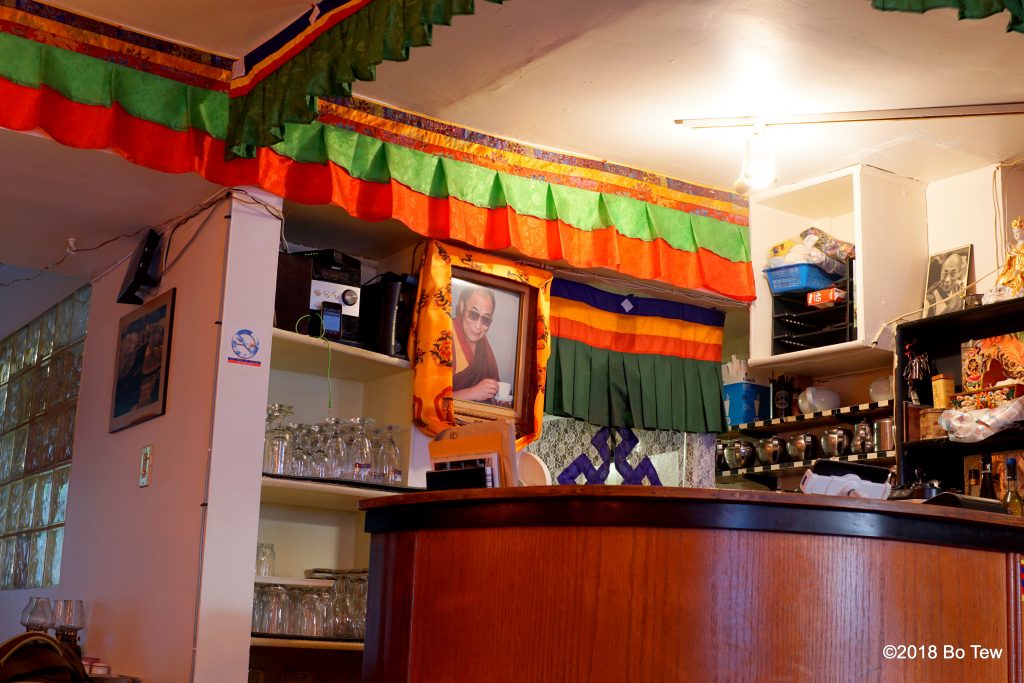
Visited: July 4th, 2018 for dinner at 6pm.
Address: 317 Ontario St E, Montreal